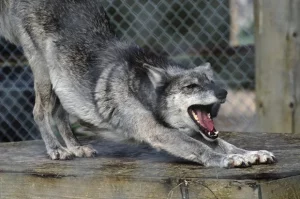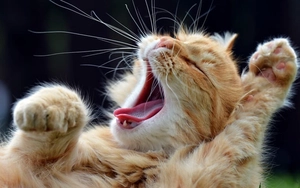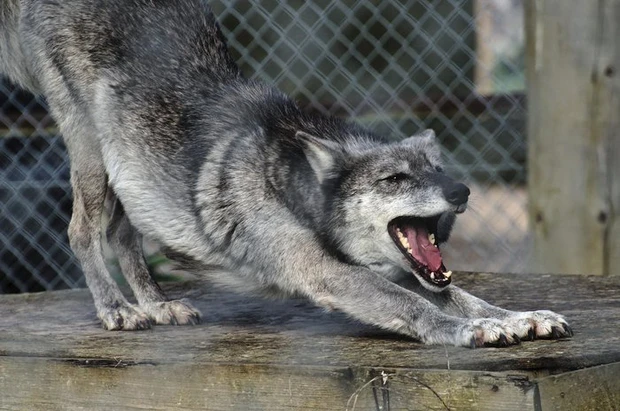Have you ever pondered the reason behind our inclination to stretch? It is evident that stretching is not exclusive to humans, as many animals also engage in this behavior. Often, stretching is accompanied by a yawn, which can even be contagious. However, unlike yawning, stretching is not merely an automatic response, but it serves multiple functions. In this piece, we will explore the underlying motives for stretching in both humans and animals.
The Science Behind Stretching
What Happens When We Sleep?

Have you ever observed that upon waking up from a deep slumber, your body feels rigid? This is due to the fact that during sleep, our muscles tend to lose their firmness and become more relaxed. Furthermore, the force of gravity causes the fluids in our body to shift towards our backs, resulting in stiffness upon awakening. However, by stretching, we stimulate our muscles and enhance blood circulation, thereby increasing their flexibility and reducing stiffness. Additionally, stretching aids in realigning our spine and enhancing our posture.
The Benefits of Stretching
Stretching has numerous benefits for our bodies, including:
- Enhanced flexibility is achieved through stretching, which aids in expanding the range of motion in our joints, thereby facilitating the completion of everyday tasks.
- Decreased likelihood of harm Stretching on a regular basis can decrease the chances of experiencing muscle strains and tears, particularly if you engage in physical exercise.
- Alleviate tension Stretching aids in the release of muscle tension and encourages a state of calmness, ultimately decreasing stress levels.
- Improved sports performance can be achieved through stretching, as it readies the muscles for physical exertion and enhances their flexibility and speed.
Different Types of Stretching

There are various methods of stretching, which include
- Static stretching refers to the act of maintaining a stretch for a predetermined amount of time, typically ranging from 15 to 30 seconds.
- Dynamic stretching refers to the act of performing movements that involve a full range of motion, such as lunges or leg swings.
- Ballistic stretching is a technique that utilizes the body’s momentum to stretch the muscles, typically by bouncing or jumping movements in order to reach for the toes.
- PNF stretching is a method that involves the contraction and relaxation of muscles during stretching, resulting in improved flexibility.
Stretching in Animals

The Evolution of Stretching
Stretching is a common occurrence in various animal species, not just limited to humans. Scientists suggest that this behavior developed as a way to prepare for physical exertion. When an animal awakens, it must ready its muscles for movement, and stretching aids in achieving this. Furthermore, stretching may also serve as a means of marking territory or asserting dominance in certain animals.
Stretching in Different Animal Species
Stretching has been noted in a variety of animal types, such as felines, canines, equines, bovines, and even avians. Cats engage in stretching to sharpen their claws, mark their territory, and ready themselves for hunting. Dogs stretch in order to alleviate tension in their muscles and enhance their range of motion. Horses stretch to loosen up their muscles before engaging in activities like running or jumping. Cows stretch after prolonged periods of lying down to decrease muscle stiffness. Birds stretch their wings to prepare for flight or to display aggression towards other birds.
Conclusion
To sum up, stretching is not merely an automatic response but serves multiple functions for both humans and animals. It aids in priming our muscles for physical exertion, enhancing our flexibility and range of motion, minimizing the likelihood of injury, and inducing relaxation. Although the exact purpose of stretching in animals remains unclear, experts suggest that it may have evolved as a means of preparing for physical activity or marking territory. Regardless of its origin, stretching is undeniably a beneficial practice that should be integrated into our daily regimen. Therefore, the next time you feel the need to stretch, do not hesitate to do so. Your body will appreciate it!
